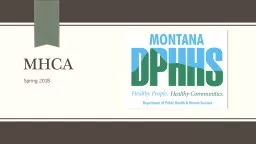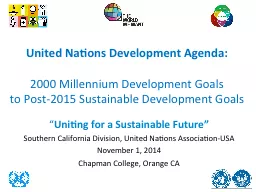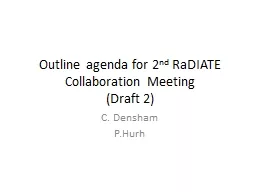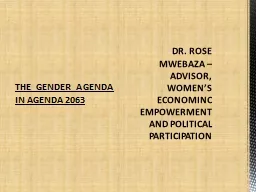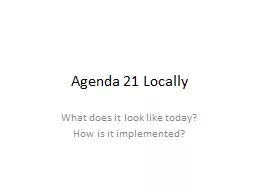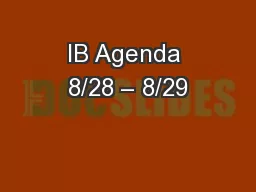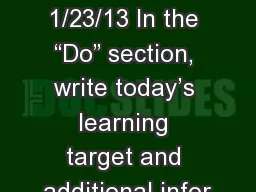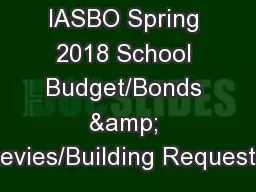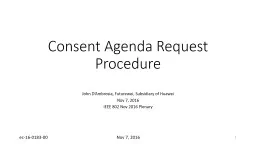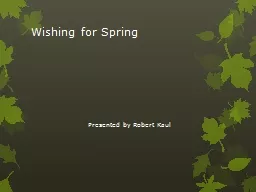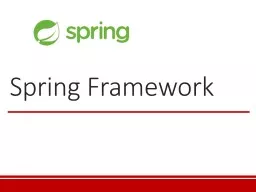PPT-MHCA Spring 2018 Agenda
Author : alida-meadow | Published Date : 2018-12-09
Certification Bureau Update Life Safety Code Update amp Emergency Preparedness Break New LTC Survey Process IDR amp Enforcement Questions amp Evaluations Certification
Presentation Embed Code
Download Presentation
Download Presentation The PPT/PDF document "MHCA Spring 2018 Agenda" is the property of its rightful owner. Permission is granted to download and print the materials on this website for personal, non-commercial use only, and to display it on your personal computer provided you do not modify the materials and that you retain all copyright notices contained in the materials. By downloading content from our website, you accept the terms of this agreement.
MHCA Spring 2018 Agenda: Transcript
Download Rules Of Document
"MHCA Spring 2018 Agenda"The content belongs to its owner. You may download and print it for personal use, without modification, and keep all copyright notices. By downloading, you agree to these terms.
Related Documents

